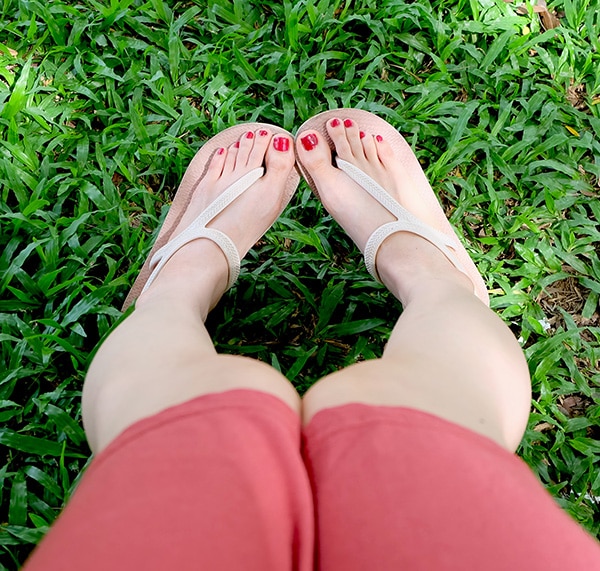Ingrown Toenails
Ingrown toenails are a common problem, and one that is not always in need of a podiatrist’s help. That doesn’t mean we don’t see a lot of ingrown nails that do need our help, though. In fact, we typically conduct more than 250 ingrown toenail procedures each year when action needs to be taken, and we have plenty of happy patients to account for it!
What causes ingrown toenails?
There are several ways that the corner or side of a toenail can start to dig inward into the neighboring flesh of the toe. Common causes of ingrown toenails include:
- Genetics. Sometimes, someone is born with nails that are unusually curved, making them more likely to become ingrown. If your family has a history of the condition, you might be a part of it too.
- Improperly cutting your toenails. Nails that are clipped too short or in an overly curved manner are more likely to become ingrown. Always leave some white at the edge of your toenail, and make a rather straight cut.
- A toenail injury. Damage to the nail can cause it to grow irregularly.
- Poor shoe choices. Shoes that are too tight or have a small toe box can cause the toes to become crowded, forcing nails to grow more downward.
An ingrown nail will often be sore or tender along an affected side, with some redness and swelling.
When should I seek help for an ingrown toenail?
Many cases of ingrown toenails are minor and can be treated at home. However, there are certain situations in which you should see us instead:
- The ingrown toenail is causing severe pain.
- You see pus, a spreading redness, and/or the area is very warm to the touch. These are all signs of a potential infection.
- You have diabetes or another condition that results in poor circulation to your feet. Any kind of foot injury or infection can become severe and should always receive prompt attention.
- Your ingrown toenails won’t go away or keep coming back.
Our recommendations for treatment will depend on your various factors, including the severity of the condition, your lifestyle, and medical history. In some cases, especially for first-time occurrences, we may gently lift the nail and recommend you soak your foot daily.
In other instances, a partial trimming or removal of the nail may be recommended for treating a more severe case. This allows for less irritation and a higher rate of healing.
If ingrown toenails are a consistent problem on one toe,
We will be sure to fully discuss all your options with you to ensure we move forward with your best interests in mind.
If an ingrown toenail has been giving you more trouble than you expect, give us a call at (541) 683-3351. Please also don’t hesitate to call us if you’re not sure whether you should come in for an ingrown nail or not—caution is always better than regret, and we will make sure to guide you toward the relief you need.
Contact Us
Eugene
P: (541) 683-3351
F: (541) 683-6440
Hours:
Monday............ 8:00am - 5:00pm
Tuesday............ 8:00am - 5:00pm
Wednesday............ 8:00am - 5:00pm
Thursday............ 8:00am - 5:00pm
Friday............ 8:00am - 4:00pm (Only available on phones)
Closed for lunch from 12pm - 1pm and closed until 1:30pm on Tuesdays
© Copyright 2024 Eugene Foot and Ankle. All Rights Reserved. | Privacy Policy.

